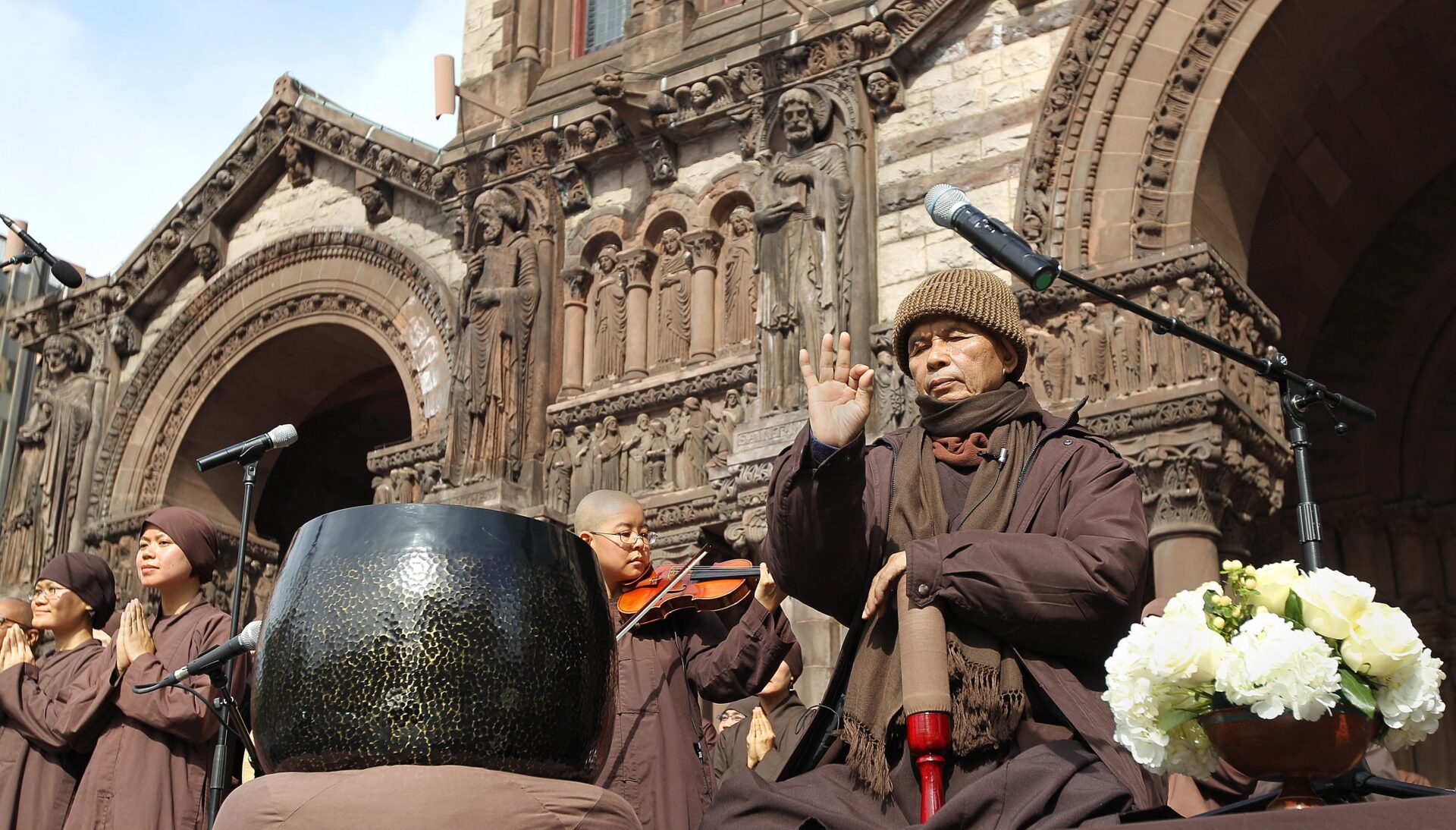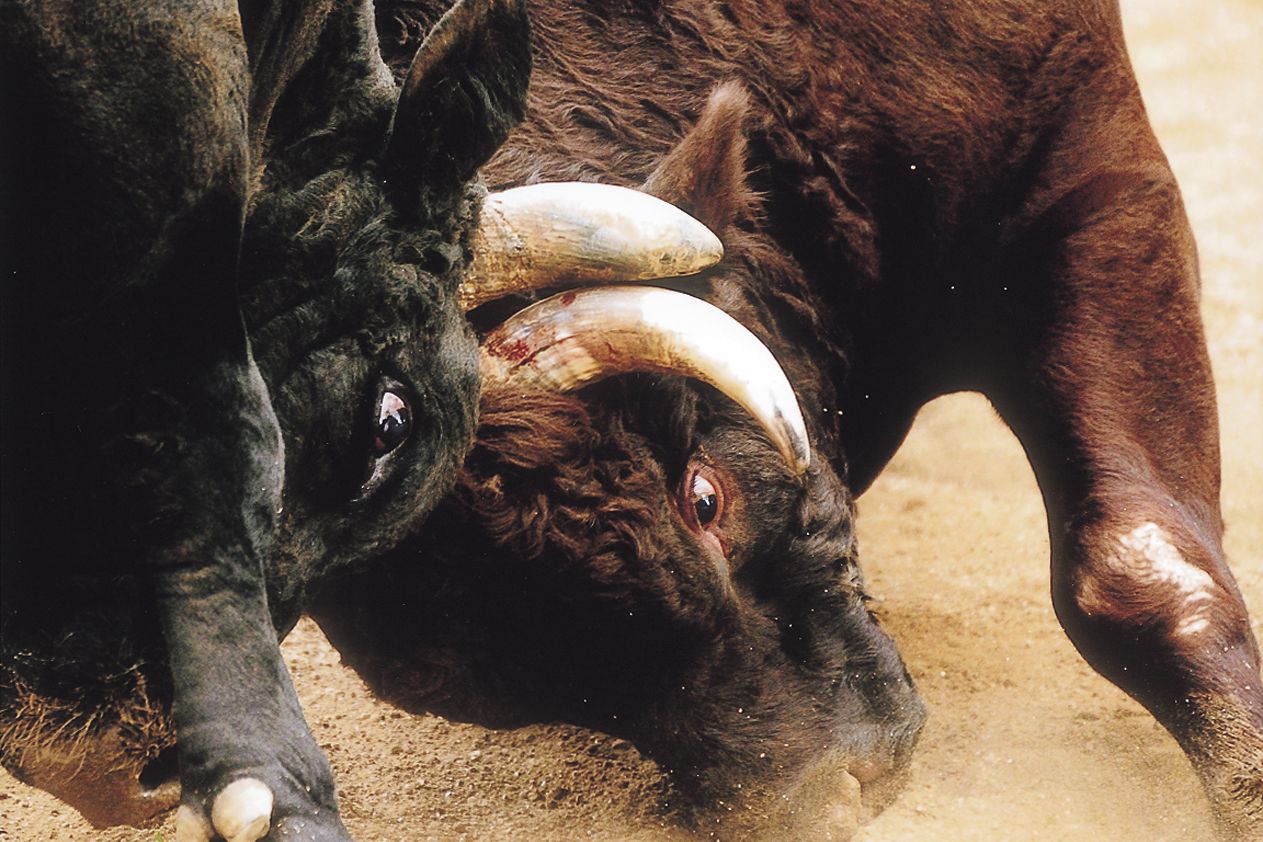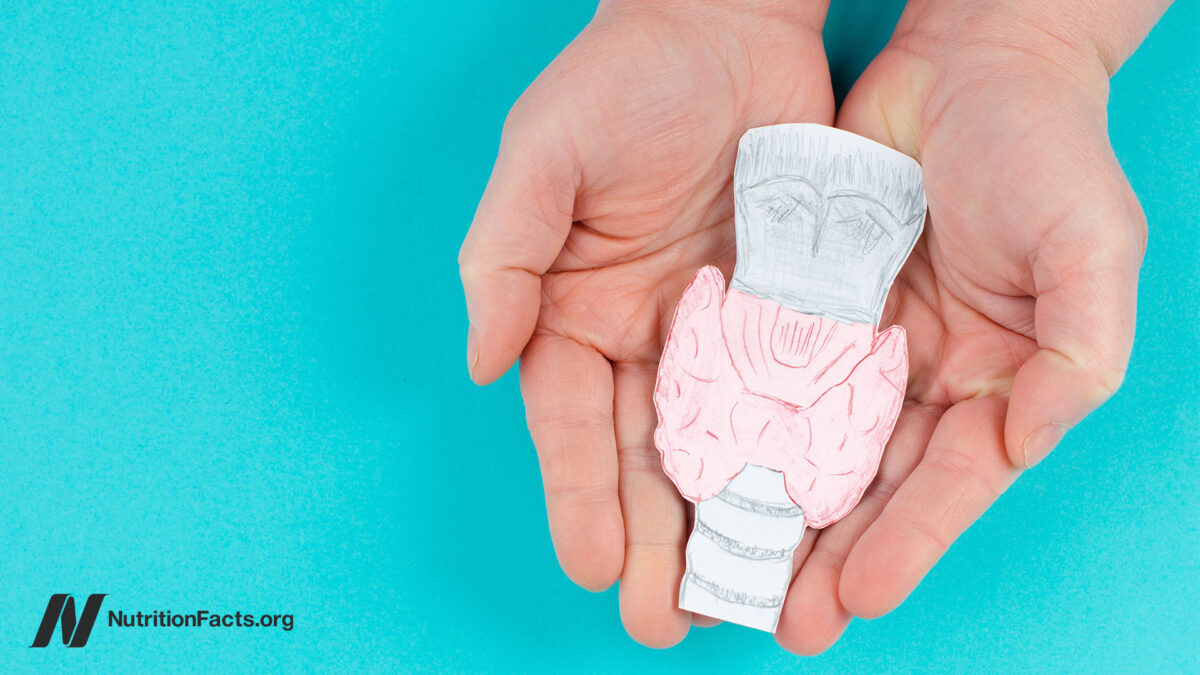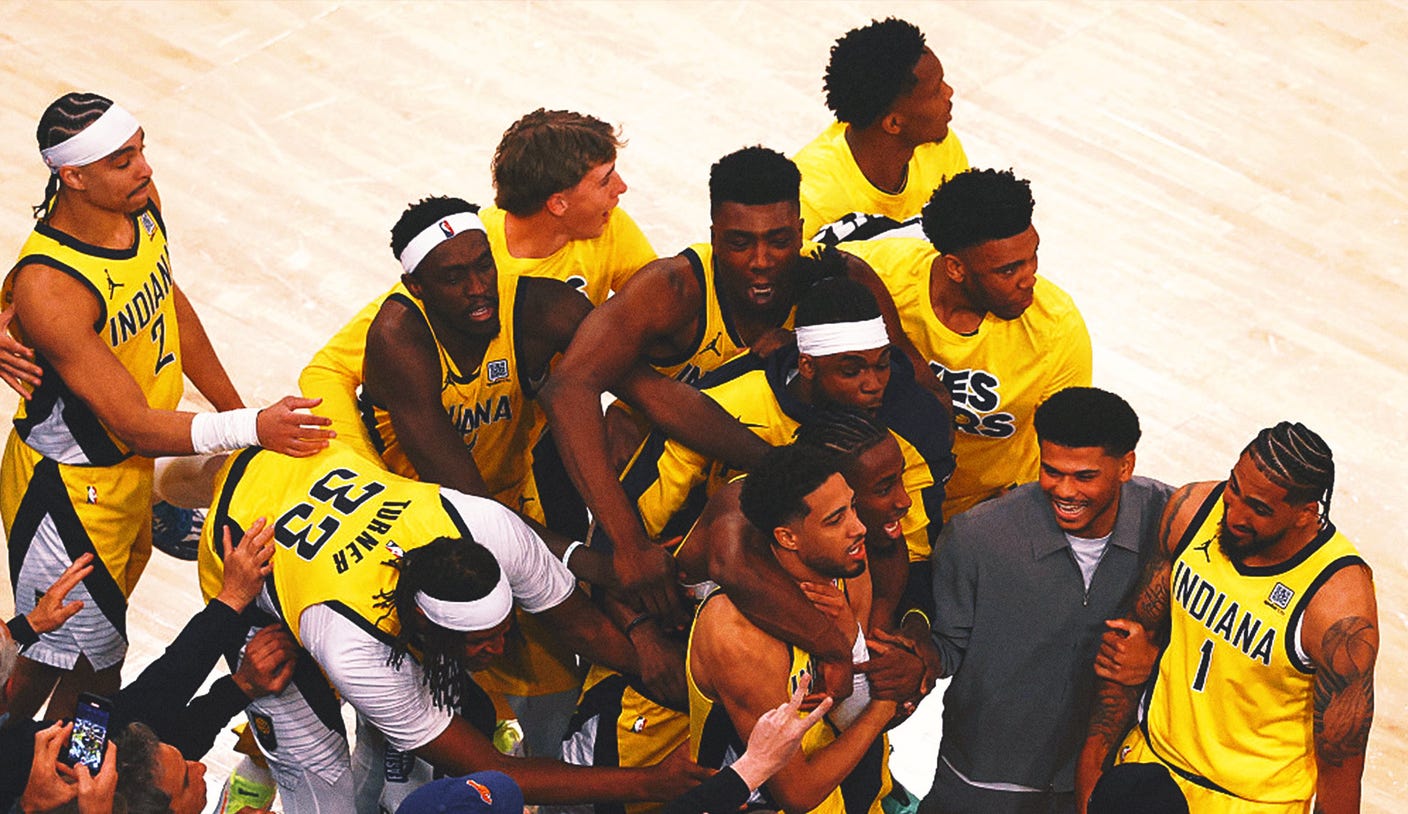Good Enough Faith
The four kinds of faith (but you need only one) The post Good Enough Faith appeared first on Tricycle: The Buddhist Review.

The late Dilgo Khyentse Rinpoche, one of the great Tibetan teachers of our time, said that as we travel on the spiritual path, we go through four stages of faith. Developed gradually and somewhat sequentially (“somewhat,” because nothing is really sequential on the spiritual journey), these four characteristics round out the qualities upon which all religious traditions rely. In Buddhism, these stages are: clear, longing, confident, and irreversible faith.
The first, clear faith, arises when we see the wonderful qualities of the Buddha in a teacher or in any person we admire. More broadly, it blooms when we recognize in another the possibility of living a free, happy, peaceful life, and this recognition compels us to look for a way to get there ourselves.
In a 1st-century text called The Questions of King Milinda, or Milindapañha, a senior monk called Nagasena is questioned by King Milinda on a range of philosophical subjects. Speaking of faith, the king says to Nagasena, “How is aspiration a mark of faith?” In response, Nagasena says, “Your Majesty, imagine a group of people gathered at the edge of an overflowing stream. They want to go to the other side, but they’re afraid, so they just stare at each other and at the rushing water and are afraid to move. After a while, one of them approaches the edge of the river, assesses the situation, takes a running leap, and jumps to the other shore.”
This shore is the world of delusion, the place where we struggle and long for rest without finding it. The other shore is the shore of liberation. It’s the place where we find ease and contentment with ourselves and the world. “Seeing the first person jump,” Nagasena continues, “the others say, ‘Oh, it can be done,’ and they, too, jump.” He then finishes his teaching with a verse:
By faith they cross over the stream,
By earnestness the sea of life;
By steadfastness all grief they still,
By wisdom they are purified.
“Oh, it can be done,” we realize when we see others’ examples, and we set about doing it ourselves. This is faith by proxy.
The second type of faith is longing faith, and it is a direct result of clear faith. Seeing in another the virtues of wisdom and compassion, seeing their clarity and kindness, we long for those qualities in ourselves.
Shortly after meeting my first teacher, Daido Roshi, I was walking behind him one morning as we were returning to the monastery’s main building from his studio, where we’d been answering correspondence. Daidoshi was a tall man, gangly and slightly stooped, as many tall men are, and as we walked, he just ambled along, loose jeans sliding down his butt, cigarette dangling from his hand, utterly at ease with himself. I remember looking at him and thinking, “I want that.” At a time in my life when I felt deeply ill at ease in my own skin, I yearned to have the same self-assurance, that utter lack of self-consciousness. That’s when I decided Daidoshi would be my teacher. Even though it was far from the mystical encounter so many people describe when first seeing their teacher, it worked for me. This is faith by aspiration.
Then there’s confident faith. Gradually, as we become more familiar with the workings of our mind—more attuned to our particular, quirky thoughts—we develop the confidence to live from the good qualities we’ve begun to cultivate. We begin to accept that despite—or because of—our quirkiness, we can wake up, because awakening is already present in us. We see that we can be clear and kind, because from the beginning—or, to use a Buddhist phrase, from the beginningless beginning—we’ve always been clear and kind.
Thirteenth-century Zen master Dogen said that if we weren’t already a person of suchness (if we weren’t already fully ourselves, fully perfect and complete), we wouldn’t be able to realize suchness. No matter how much we try, how hard we work, we cannot become what we’re not. I’m not going to turn into a panther or a stream or an astrophysicist or a concert pianist—not in this lifetime. But I can be Zuisei, Vanessa, fully. I can completely inhabit my own being. How? By slowly seeing and working through that which gets in the way of my completeness. By slowly seeing and working through that which affirms Zuisei—what gives Zuisei life.
Confident faith assures us that wisdom is within our reach. It lets us know that we can practice, realize, and live the dharma. And the more we practice, the more we know this, the truer it is. This is renewable faith.
Finally, there’s irreversible faith. No matter how long the path, no matter how difficult it may seem, we know we’re going to travel it because we can’t imagine living any other way. Daido Roshi also taught me about this kind of faith. He used to say that if a group of anthropologists proved irrefutably that the historical Buddha—Siddhartha Gautama—never existed, this wouldn’t shake his faith in the dharma even one bit. “I have my own practice and experience to go by,” he’d say. “That’s all I need.”
Having this type of faith, however, doesn’t preclude any doubts we might have about ourselves or our capacity to practice the teachings. At some point, we will be unsure. That’s natural. But by then, we’ve also seen that we don’t have to let worry or insecurity or fear of failure stop us. Having come this far, we’re no longer daunted by the challenge of what lies ahead, because we know what we have to do, and we know how to do it. We know it’s just a matter of time, and we have all the patience and determination necessary. This is unstoppable faith.
In the end, however, there’s really only one kind of faith we need, and that’s good enough faith. This is faith enough to get us going on the path. It’s enough trust in our capacity to see more and more deeply, to live more fully, knowing that if we just start and then take the next step and the one after that, the rest takes care of itself.

 JimMin
JimMin 































